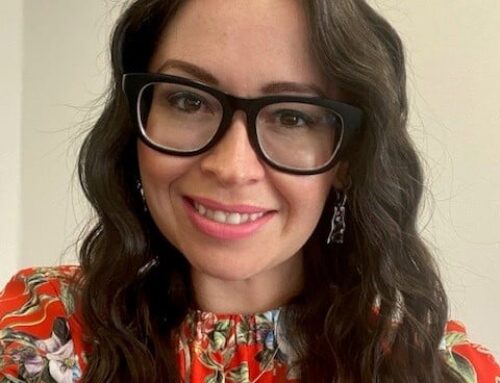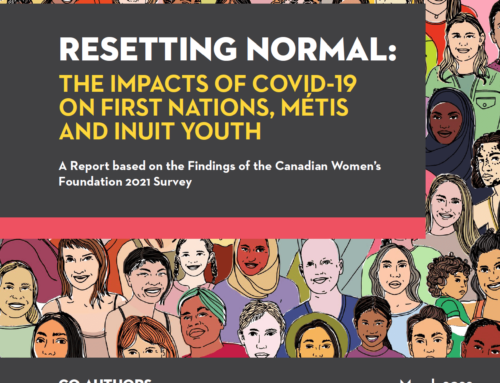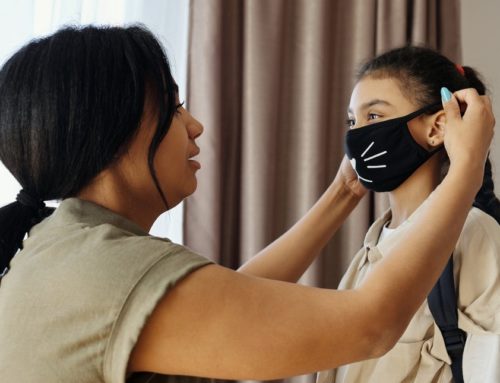The COVID-19 pandemic is creating new challenges and exacerbating many pre-existing inequities. To better understand how communities are working address this new reality, we spoke with Denise Bouchard from Digital Skills, a First-Nation-led education program in Long Lake 58 (LL58), Ontario.
Digital Skills is supported with funds from the Canadian Women’s Foundation. It prepares women for the digital economy by equipping them with skills to work remotely from their own community in the burgeoning tech sector. As we all feel the pandemic’s impact and turn toward recovery, and as working remotely becomes a norm for more people, LL58 is leading the way.
What’s Digital Skills all about?
Digital skills are the tools of empowerment. Our Indigenous women need access to them for their economic prosperity, and the ripple effect extends to their children, their partners, their parents, and throughout the First Nation. The Canadian Women’s Foundation has supported us in taking it to the next level, where we mentor community projects using digital tools. One of the other ways we’ve increased our digital capacity is by installing an Internet Café at LL58 First Nation through our partnership with Ladies Learning Code.
My role is to develop collaborative relationships with those on the leading edge of digital skills, and bring them to LL58 so that a local tech sector can flourish. While creative computing of music and design has been exciting, we are also upskilling with basic productivity apps like G Suite.
This is a difficult time for many. What are the unique challenges that Indigenous women and girls are facing at LL58 during the pandemic?
Perhaps the challenges are not necessarily unique, but instead are amplified. Since the end of March, a state of emergency has been declared at LL58 due to COVID-19. It has created greater stress, and protecting our Elders while living in homes with low square footages has been difficult. Additionally, organizing simple tasks such as banking and shopping for groceries, household incidentals, or medications for our family, has been a strain.
Furthermore, more than 1/3 of our 125 dwellings are without Internet access, which makes social isolation even more isolating. We need to solve this. As a community we are closely related by blood, marriage, or friendship – not just to those down the street, but to those in the next First Nation on the other side of town, 10 km away, or the other First Nation 100 km away. We have not been able to celebrate births or the lives we have lost together.
How are you coping? Are you having to adjust how you serve the community?
Land based activities on our traditional territory have helped us deal with COVID-19. We have teams out hunting, fishing, and harvesting. We have been self-isolating and making room at home to work remotely. Now, we are beginning the plans for returning to work – to protect our workers and our residents who use our services and programs.
We’ve been thinking a lot lately about what we want our post-pandemic world to look like for women and girls, and how we can build gender-equality into our pandemic recovery efforts. What’s one thing you’d like to see change for Indigenous women and girls as a result of the pandemic?
We’d like to see social change at work, where we are valued for the tasks done, not the hours at the office. Through this, we can thrive with a balanced lifestyle of learning, working, and living.
Learn More:







